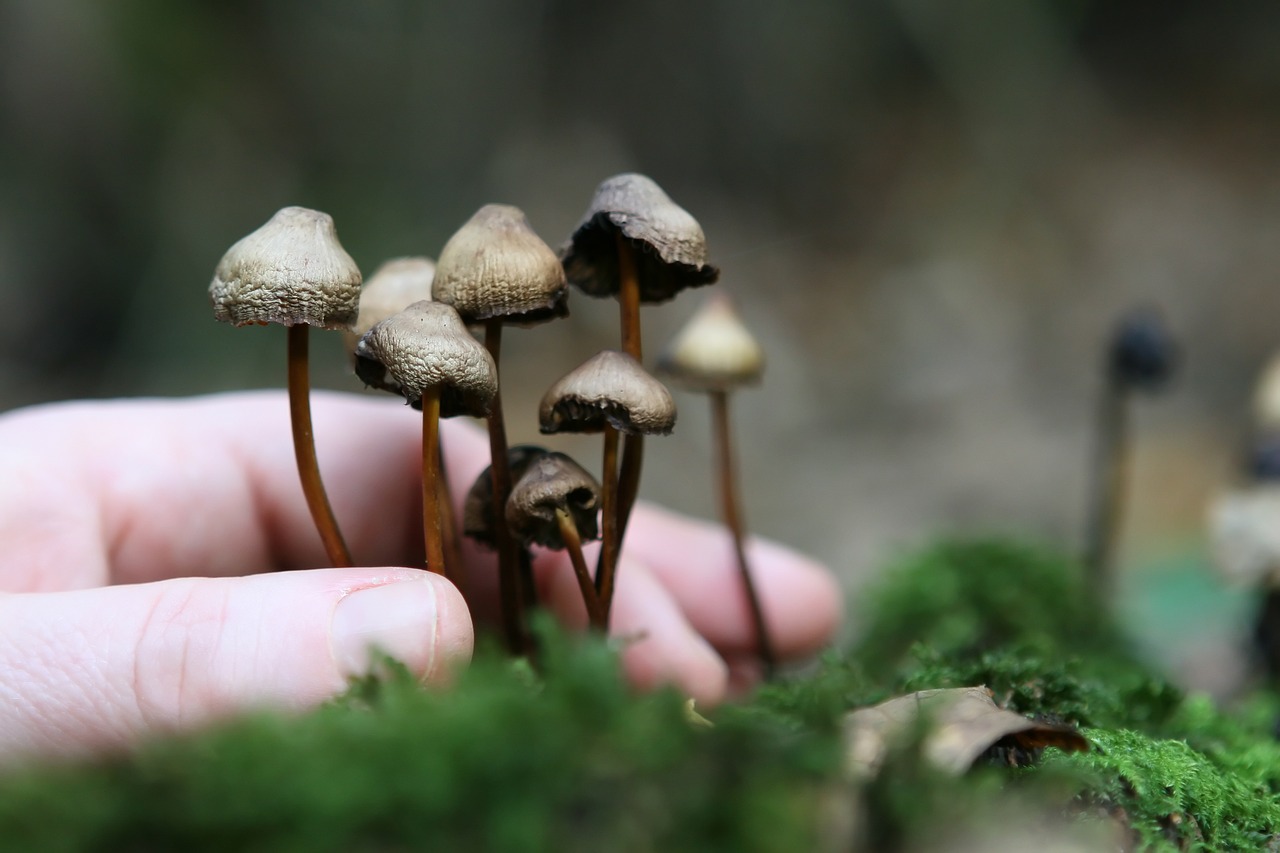Decoding the Mycelium
Mycelium, the root-like structure of fungi, essentially acts as a digestive system for mushrooms. It scavenges for nutrients, breaks them down for the fungus to absorb, and nourishes the fungus. The process enriches the surrounding soil, creating a nutrient-rich biomass that serves as a superior gardening mulch.
Mycelium networks play a crucial role in the well-being and growth of many land plants, including trees. Tree roots and fungi engage in a beneficial exchange: the tree supplies the fungus with carbon in the form of sugars, and the fungus reciprocates by providing the tree with essential minerals such as nitrogen and phosphorus. You can find more about this symbiosis here.
Intriguingly, mycelium networks function as an underground communication hub among plants, akin to the neural networks in our brains. Current scientific studies suggest that plants and trees might have rudimentary nervous systems that fungi could potentially influence, impacting functions such as communication, learning, and memory. Moreover, mycelium enhances soil health by decomposing organic matter and neutralizing pollutants.
If you’re considering growing magic mushrooms, it’s vital to understand mycelium development. While the cultivation process can be daunting for novices, acquiring knowledge about mycelium is an essential initial step. While you can always buy mushrooms from Micro Zoomiez Canada online, learning about mycelium can enrich your cultivation journey.
Mycelium’s Growth Cycle
When fungal spores find a growth-friendly environment, they begin developing two forms of mycelium. The first type, referred to as primary or monokaryotic mycelium, is defined by a single nucleus per cell and is usually invisible to the naked eye. The second type, known as secondary or dikaryotic mycelium, is visible and houses two nuclei within each cell.
During germination, fungal spores initiate the formation of what is known as a monokaryotic mycelium, the primary mycelium. When this primary mycelium encounters another compatible monokaryotic mycelium, they can combine to create a secondary mycelium, known as the dikaryotic mycelium. It is this secondary mycelium that has the ability to generate mushrooms or sclerotia.
Mycelium Types
Mycelia are categorized into three different types, with two of these types indicating successful cultivation.
- Rhizomorphic mycelia spread like threads and are easy to recognize. They, like all mycelia, are made up of units called hyphae. These grouped hyphae create a network known as rhizomorphs. Rhizomorphic mycelia first expand, then relay chemical signals back to the colony, suggesting that the area ahead is fit for nutrient delivery. The remaining mycelia then follow suit. The hyphae at the edge of the rhizomorphic mycelia secrete peroxidase, an enzyme that breaks down the material ahead for consumption. The hyphae then spread over this material, facilitating nutrient distribution throughout the colony. Rhizomorphic mycelia are favored by many cultivators due to the increased likelihood of mushroom sprouting from the substrate.
- Tomentose or “Fluffy” mycelia have more in common with Rhizomorphic mycelia than they do differences. However, the arrangement of the fluffy mycelia threads is distinct. While these threads may not be easily visible, they are actually there. Their cotton-ball-like appearance suggests that the threads are bundled together. The growing environment largely determines whether the mycelia develop into tomentose or rhizomorphic forms. There’s an ongoing debate among cultivators about the impact of mycelium type on growth speed and harvest yield.
- Aerial mycelia arise under suboptimal growth conditions. In these cases, the mycelia tend to grow outward rather than spreading along the medium or forming a mass. Often misidentified as a bacterial infection, this type of mycelia can disrupt your mushroom cultivation, leading to weaker, smaller mushrooms. Aerial mycelia usually occur due to a lack of fresh air exchange and high humidity.
Is It Mould or Mycelium?
It’s essential to distinguish between mould and mycelium. If you notice green, blue, grey, or black patches on or within your fruiting box, it’s likely that your culture is contaminated. Discoloration is the main sign. Although blue spots may show up, they could just be bruises.
Cobweb moulds are typically easy to spot. Instead of the bright The Mycelium is usually characterized by a greyish-white color and its distinctive stringy, fluffy texture. While cobweb and green molds may not pose a threat to human health, they can adversely impact the health of mushrooms.
Micro Zoomiez Canada: Your Comprehensive Guide to Mushrooms
For anything related to psychedelic mushrooms in Canada, turn to Micro Zoomiez Canada. We are dedicated to providing you with the information you need for a safe and delightful mushroom journey.





